New Year’s Food Traditions
2023 is coming to an end and 2024 is just around the corner! It’s time to leave behind the bad and bring in the new!
That’s why we’ve done the research on some common New Year’s food traditions from around the world that are thought to bring good luck, health, and prosperity.
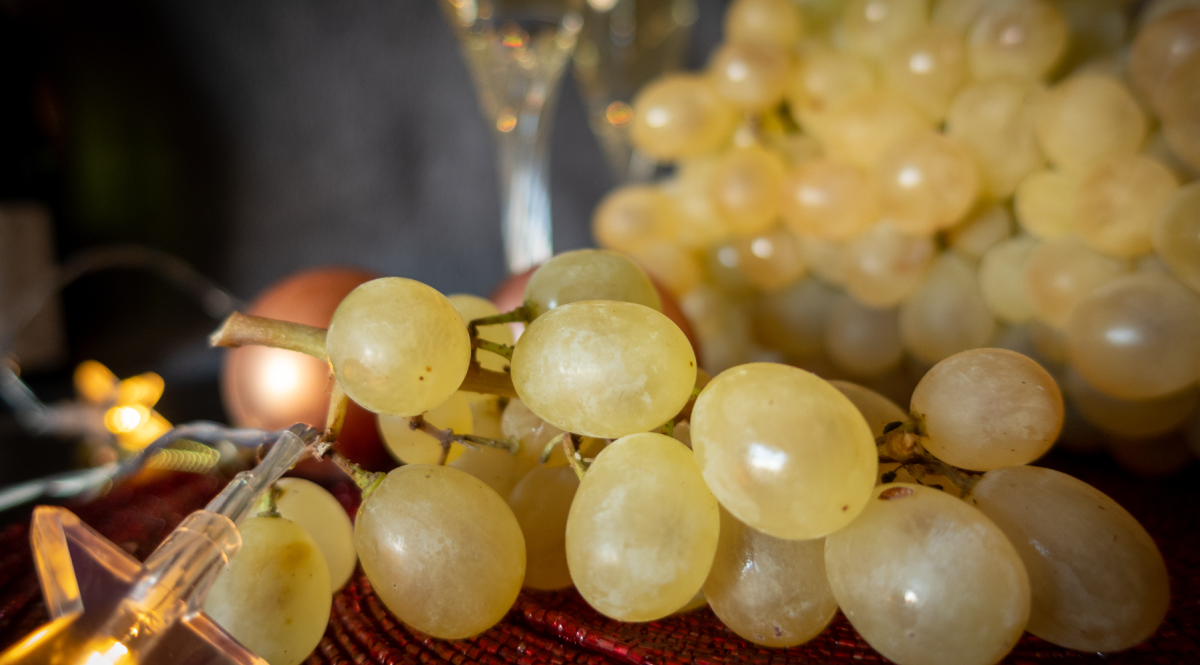
Spain – Twelve Grapes
Get your grapes ready! People of Spain gathering around the Puerta de Sol in Madrid or watching the broadcast from their homes to ring in the New Year take part in this fun tradition: At the stroke of midnight, and for every toll of the clock bell, they eat one grape. Pay attention! The sweet grapes means that corresponding month – for example, 3rd toll of the clock bell would be March – would be a good month, and sour grapes mean that you should be a little cautious during that month!
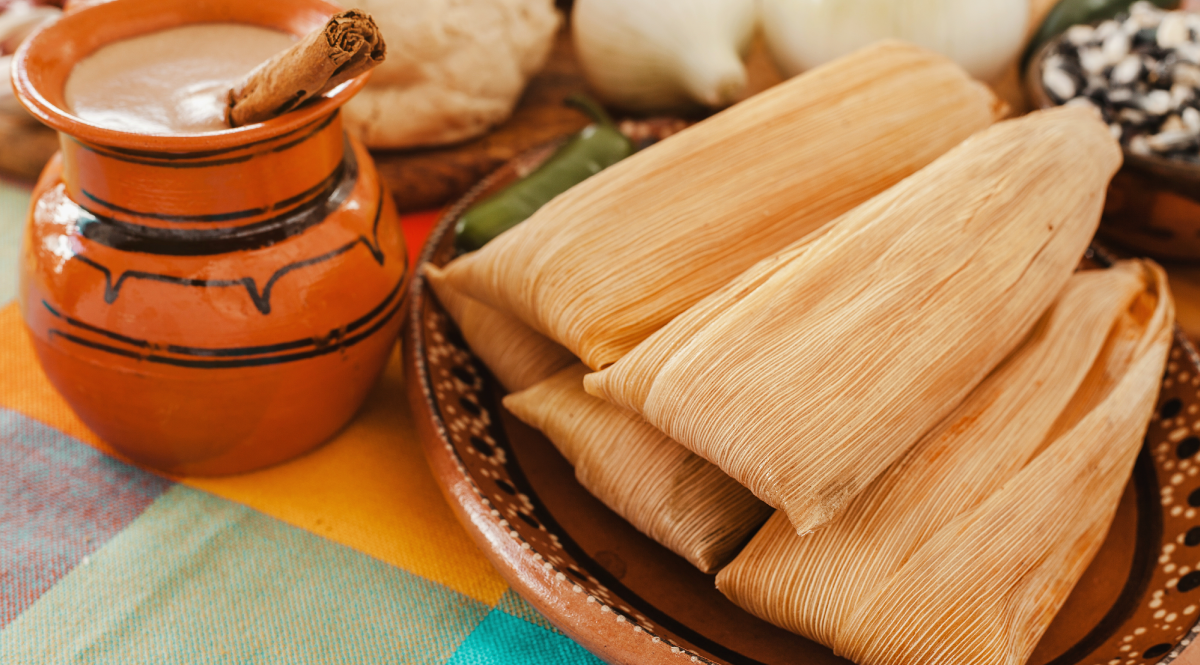
Mexico – Tamales
Tamales is a corn dough stuffed with meat, cheese, and other favorite ingredients wrapped in banana leaf or a corn husk. It’s a joint effort! Families gather to make hundreds of these small packets to give out to friends and family. The deep golden yellow color of the corn symbolizes golden wealth for the future. Tamales also represent prosperity and family unity, since families have to come together to make a lot of them! Did you know that the word “Tamalada” means tamale making party? The person in charge of this party is named “Tamalera” or “Tamalero”!
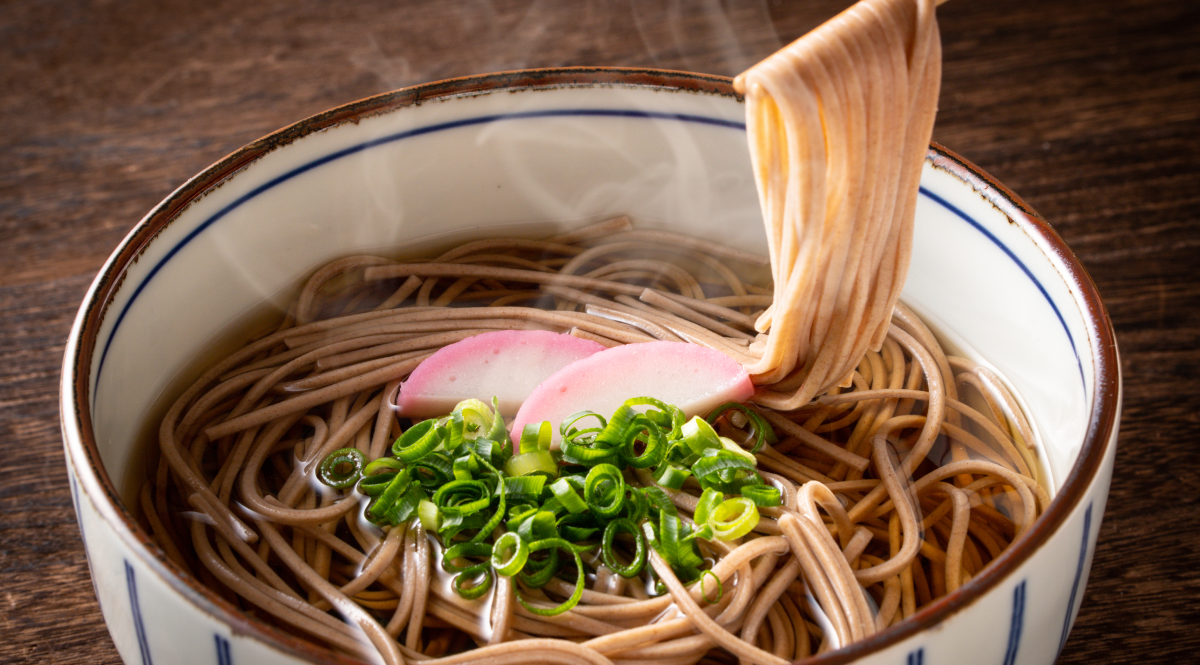
Japan – Toshikoshi Soba
In Japan, it is a tradition to eat buckwheat soba noodles called Toshikoshi Soba (Year-crossing noodle), starting the meal little before midnight and into the new year. It is a hot soba noodle soup usually in its simplest form – buckwheat soba noodles in dashi broth with chopped scallions. (but feel free to add other toppings to your liking!) The long noodles represent longevity, and try to eat them without breaking them! Buckwheat crop represent strength and resilience, and because buckwheat flour was once used by goldsmiths to leftover gold dust, it also means growing your fortune!
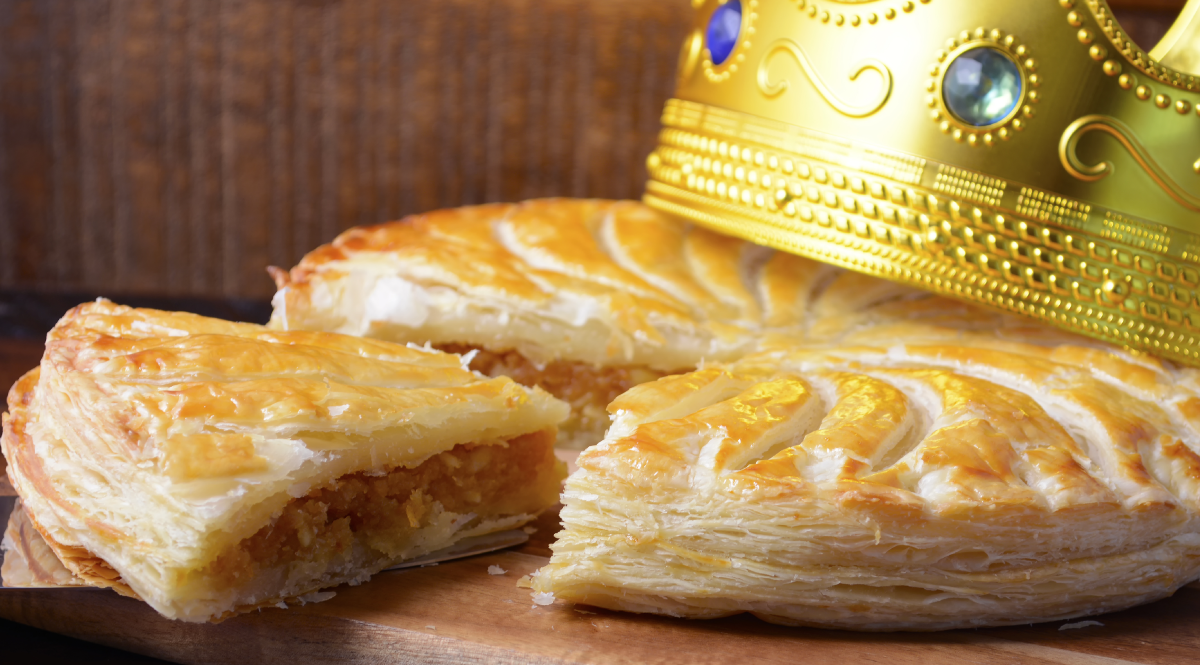
Across the globe – King Cake
Also known as Vasilopita in Greece, Galette des rois in France, Rosca de Reyes in Mexico and Banitsa in Bulgarea, and more, it is a New Years cake that is consumed at the midnight on New Year’s eve, and includes a hidden gold coin or figure. Who ever gets the coin or figure in their slice will have a prosperous year!
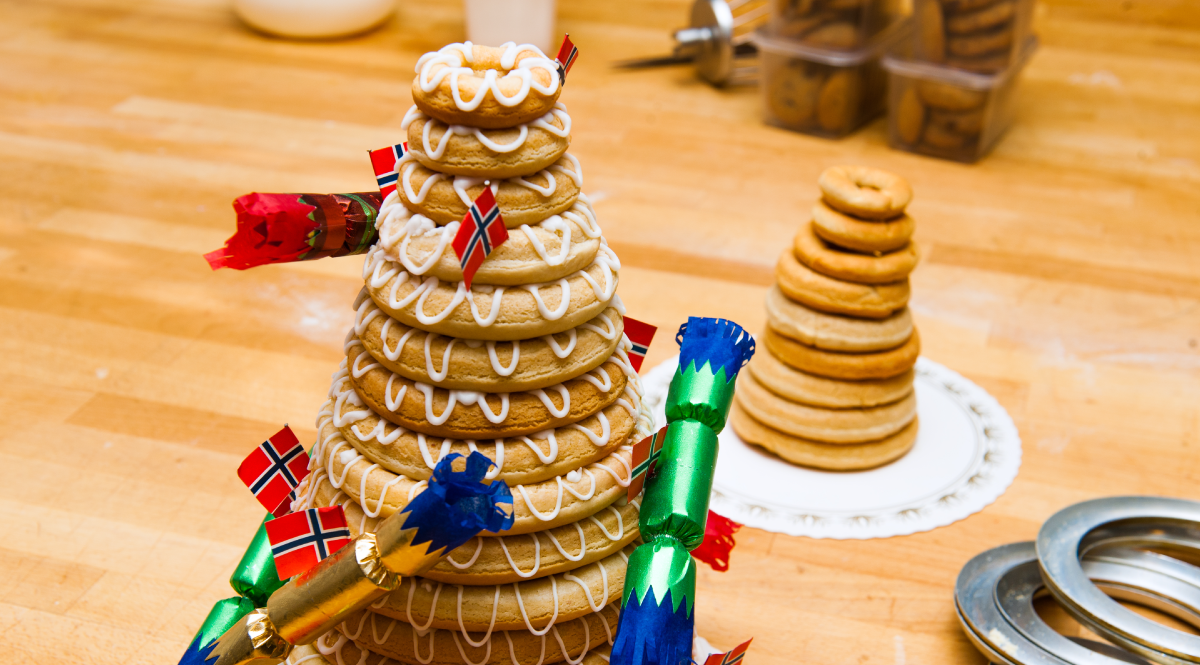
Denmark, Norway – Kransekage
Kransekage meaning wealth cake, is a cake tower made of many concetric rings of cake layered on top of one another like a tower. The cake is made using marzipan with a bottle of wine as a support in the middle, and can be decorated with ornaments, flags and crackers!
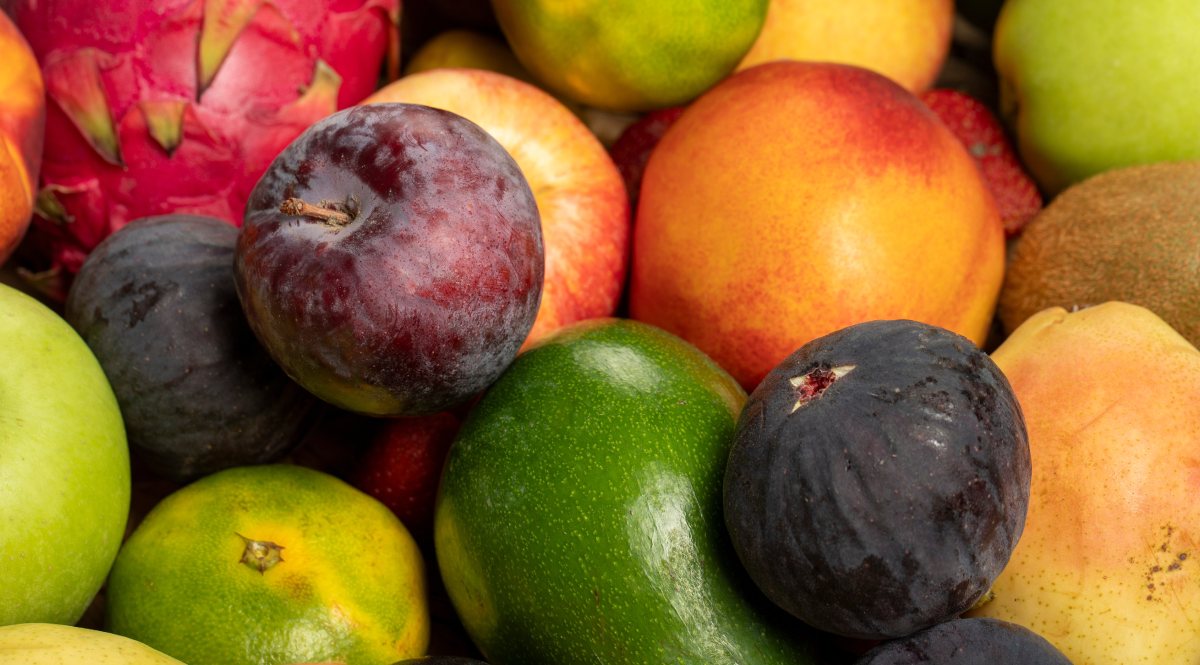
Philippines – 12 Round Fruits
On New Year’s Eve, it is a tradition to display 12 round fruits on the table when welcoming the New Year. 12 represents the months in a year, and the smooth round shape is thought to attract good luck or symbolizes money. So no bananas on New Year’s eve! Some families prepare 13 fruits to represent extra luck, or 14 fruits for 1 month in the past year and 1 month into the next New Year. Make sure to choose sweet fruits too! Need some ideas? Here are some fruits that you can use, to name a few: Kiwi, Orange, Peach, Mandarin, Mango, Honeydew, and Watermelon.
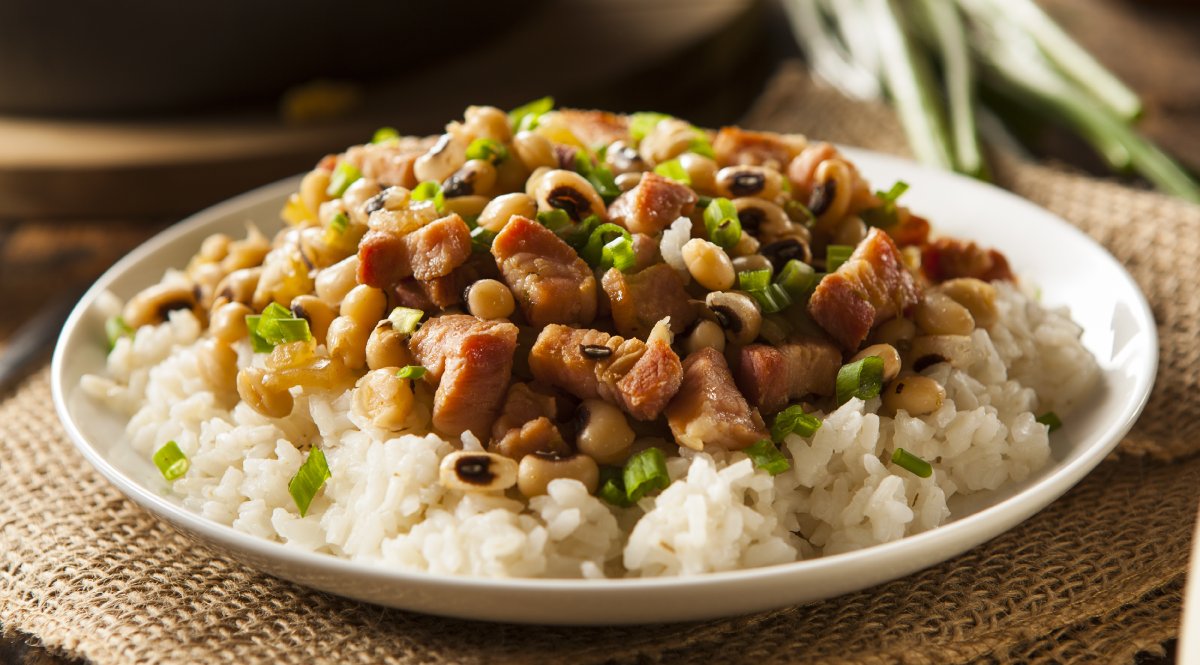
United States – Hoppin’ John
Famous in the south, Hoppin’ John is a popular New Year’s dish composed of black-eyed peas, rice, pork, and scallions. Peas or the beans symbolize wealth, pork is a sign of prosperity, and the green from the vegetable represents wealth due to the color green = money. Make sure to prepare a side of cornbread! The yellow golden color also adds another symbol of wealth to the table.
Don’t forget to stop by your nearest Market Basket before the New Years to prepare for your own family traditions around New Years!